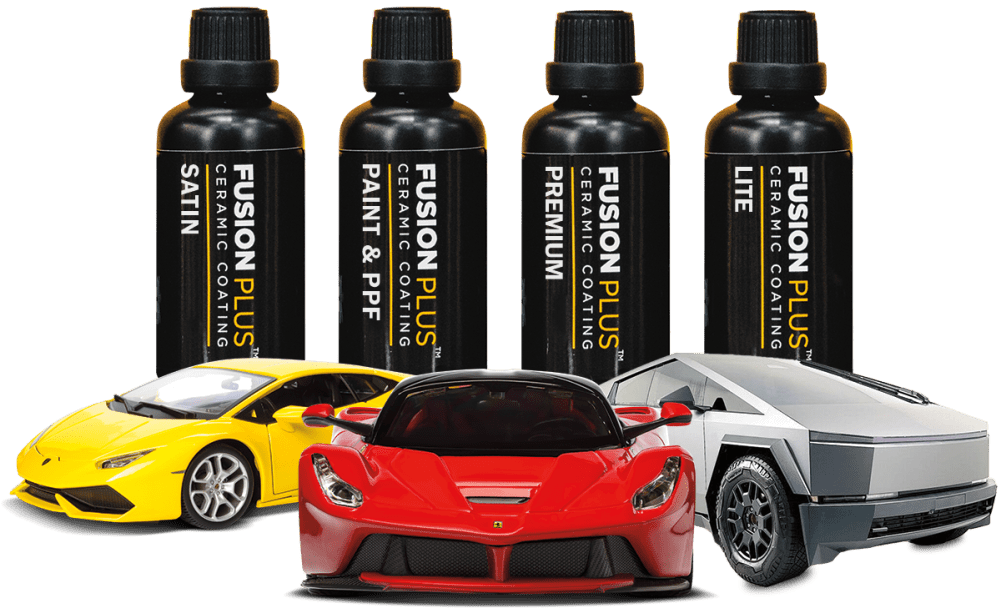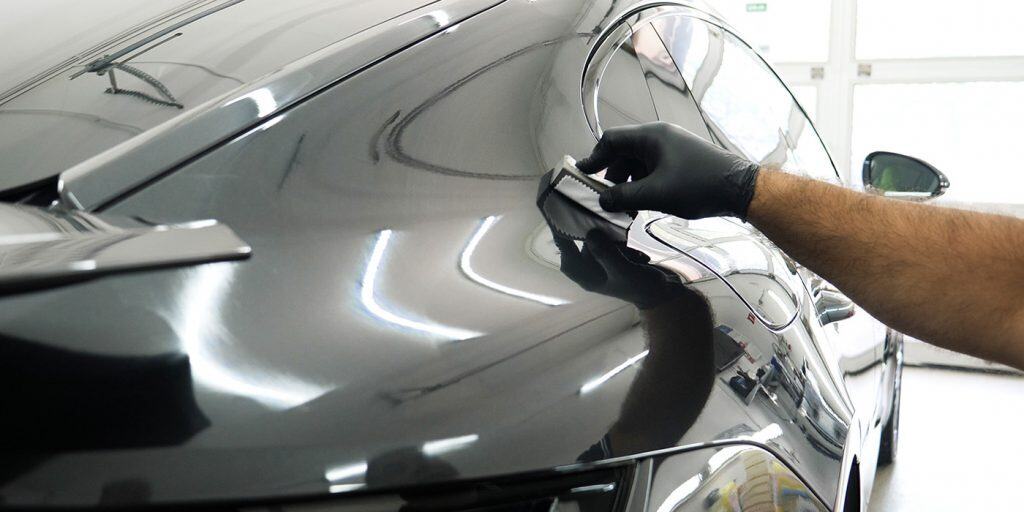Ceramic Coating for Cars: The Ultimate Solution for a Glossy Finish
Ceramic Coating for Cars: The Ultimate Solution for a Glossy Finish
Blog Article
Ceramic Covering vs. Traditional Wax: Which Gives Much Better Long-Term Protection?
The dispute in between ceramic coverings and standard wax for lorry defense has garnered considerable interest amongst auto lovers and experts alike. While both offer the function of protecting paint, their distinctions in resilience, application, and long-term maintenance costs might affect a customer's option. Ceramic finishes flaunt remarkable long life and resistance to ecological elements, yet the complexity of their application questions about ease of access and usefulness. As we discover these contrasting alternatives, it ends up being important to think about not only the immediate advantages however likewise the implications for vehicle treatment gradually.
Overview of Ceramic Coating
Ceramic layer has actually gotten considerable appeal among automotive fanatics and detailers alike because of its innovative safety top qualities. This cutting-edge innovation is designed to develop a durable, hydrophobic guard over a lorry's paint surface, considerably boosting its resistance to ecological contaminants such as dirt, UV rays, and chemical discolorations. Unlike conventional wax, which gives a short-term layer of defense, ceramic finishings bond at a molecular degree with the paint, offering resilient durability-- typically expanding beyond two years with appropriate upkeep.
The application process includes thorough preparation of the automobile's surface, consisting of cleansing and polishing to guarantee optimum adhesion. When applied, the covering remedies to develop a durable layer that not just includes deepness and gloss to the paint yet also simplifies maintenance. With its hydrophobic buildings, ceramic covering enables water and dirt to move off more quickly, minimizing the regularity of cleans and decreasing the threat of swirl marks.
Moreover, ceramic coverings are available in various formulations, allowing users to pick items tailored to their certain demands and choices. In general, ceramic covering represents a significant development in paint defense technology, providing remarkable performance contrasted to standard alternatives.
Introduction of Standard Wax
Generally considered a staple in automobile care, wax offers as a prominent option for those seeking an uncomplicated approach to improve and protect their vehicle's paint - ceramic coating. Automotive wax typically comprises all-natural components, such as carnauba, or synthetic substances, developed to create a safety layer on the surface area of the paint. This layer not only boosts the car's gloss and shine but additionally offers an obstacle against ecological pollutants
The application of wax is usually easy to use, making it obtainable for both experts and Do it yourself enthusiasts. As soon as applied, wax needs a healing period, after which it solidifies to form a protective covering.
However, while wax is efficient for improving the visual charm of a lorry, it is essential to note that the defense it uses may demand a lot more frequent reapplication contrasted to alternate products, such as ceramic coverings. Overall, typical wax stays a preferred option for those prioritizing simplicity of usage and immediate visual enhancement.
Durability and Longevity Comparison
While both ceramic finishes and typical wax offer protective advantages for automotive paint, their sturdiness and long life differ dramatically. Traditional wax, normally made from natural carnauba or synthetic polymers, usually gives a protective layer that lasts around 3 to original site 6 months. This fairly brief lifespan requires normal reapplication to preserve optimal security.
On the other hand, ceramic finishings are engineered you could check here from innovative nanotechnology, forming a covalent bond with the paint surface area. This causes a durable, hydrophobic layer that can sustain for 2 to 5 years, depending upon the product and environmental problems. The remarkable toughness of ceramic finishes is credited to their chemical structure, which offers boosted resistance to scrapes, UV rays, and oxidation.

Security Versus Environmental Aspects
Securing a vehicle's paint from ecological aspects is important for keeping its look and value in time. Automobiles are frequently subjected to a selection of elements, including UV rays, bird droppings, tree sap, acid rainfall, and roadway gunk, every one of which can endanger the integrity of the paintwork.
Ceramic finishes provide a robust protection versus these environmental aggressors. Unlike typical wax, which can degrade swiftly under UV direct exposure, ceramic finishings create a durable, hydrophobic layer that stands up to the hazardous impacts of sunlight and environmental contaminants. This sophisticated modern technology creates a chemical bond with the car's surface, using premium protection that lasts for many years, also in extreme problems.
Typical wax, while easier to apply, usually needs constant reapplication and supplies minimal resistance to contaminants and UV rays. Over time, it can break down, leaving the paint prone to scrapes and oxidation. In comparison, ceramic finishings preserve their safety top qualities longer, considerably minimizing the risk of paint damage and ensuring that the vehicle maintains its visual allure. As an outcome, ceramic coverings are significantly identified as the premium option for lasting security against environmental aspects.
Application and Upkeep Differences
The approaches of application and subsequent maintenance for ceramic coatings and typical wax differ considerably, impacting the total customer experience and efficiency of each item. Ceramic layers call for an even more elaborate application process, typically entailing surface area preparation that consists of washing, decontaminating, and brightening the vehicle. When the surface area prepares, official statement the ceramic finish is used in a controlled atmosphere, usually needing expert knowledge to make sure proper curing and bonding to the paint.

While both products enhance car appearance, the longer-lasting security used by ceramic layers might justify their initial investment, in spite of the even more requiring application procedure. Alternatively, traditional wax remains a preferred choice for those seeking an easier, albeit short-term, remedy.

Final Thought
Finally, ceramic finishings show significant advantages over standard wax in regards to durability and environmental management. With a lifespan expanding 2 to 5 years and exceptional resistance to UV rays, dust, and chemical discolorations, ceramic coverings use an extra effective service for long-lasting lorry maintenance. Although the application procedure might require professional know-how, the resulting expense financial savings and decreased regularity of reapplication underscore the value of ceramic coverings for those looking for ideal vehicle protection.
The discussion in between ceramic coverings and conventional wax for lorry security has amassed considerable attention amongst automobile enthusiasts and specialists alike. Unlike standard wax, which offers a temporary layer of defense, ceramic layers bond at a molecular level with the paint, offering long-lasting resilience-- frequently expanding past two years with proper upkeep.
While both ceramic finishes and standard wax offer safety benefits for automotive paint, their toughness and longevity differ considerably. For auto lovers seeking long-lasting protection, ceramic layers provide an engaging advantage over typical wax items.
In conclusion, ceramic layers demonstrate substantial advantages over traditional wax in terms of toughness and environmental defense.
Report this page